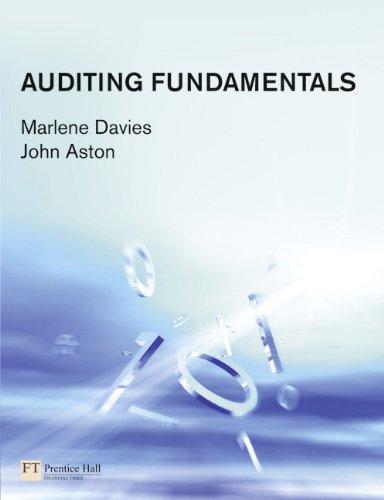



Read the following document and summarize the benefits of scanning records and also include the issues that will need to be considered before scanning. Scanning Documents Tip Sheet 10 - Scanning University Records: What You Need To Know Digital imaging or scanning paper University records can be beneficial in a number of different situations. Where records are used frequently, an electronic copy can save wear and tear on paper copies; records in electronic format can be easily shared with coworkers for collaborative work; electronic records can be accessed from remote locations. Scanning paper records can also be useful as a space-saving measure for large volumes of records. However, there are a number of issues you need to consider before embarking on a scanning project or program. Legal Issues Before embarking on a scanning project, consider whether records need to remain in paper form for legal reasons such as the need for preserving original signatures. In many cases, electronic records are considered equivalent to paper ones for legal purposes, provided certain standards are met. In order for electronic records to be considered admissible as documentary evidence they must: - have been imaged in the normal and ordinary course of business - have been imaged as part of an established and formalized imaging program with - have been used and relied upon for normal business purposes The Canadian General Standards Board standard called "Microfilm and Electronic Images as Documentary Evidence" (CAN/CGSB-72.11-93), provides guidance on how to run a program for scanning records. This standard can be purchased from the CGSB: http://www.tpsgc-pwgsc.gc.ca/ongccgsb/index-eng.html. Tip O You may wish to consult with the Office of the Counsel before beginning an imaging project to confirm any legal implications of scanning paper records. Recordkeeping Issues Before you begin any scanning project, be sure the paper records to be scanned are well organized according to the unit's file plan. Scanned records are subject to the retention and disposition rules in the Common Records Schedule (CRS). Tip If the records are going to reach the end of their retention period and be destroyed in the next few years, it may not be worth the time and expense of scanning them compared to the cost of storing and managing paper files. If you are not planning to retain the original paper records, be sure that any legal issues have been addressed (see above). Once a record has been scanned, you will have two records to manage. If both paper and electronic copies are to be retained as official records, remember that they will be governed by the CRS and the paper and electronic copies must both be disposed of according to the CRS at the same time. Determine which copy will be the official copy, and be sure to note this in the unit's RIM Protocol document. IT Issues In order for records to remain authoritative and useable, they must remain readable and accessible for the entire retention period of the record as determined by the CRS. This means that imaged records must be migrated through software and hardware changes to prevent obsolescence. Tip Be sure to consult with your IT unit and be sure to budget for these migration costs. Archival Issues If the CRS calls for records to be transferred to the University Archives at the end of their operational life, discuss the scanning project with the Archives before beginning in order to ensure that the digital images can be transferred and preserved. For further assistance, consult with the Information and Privacy Office before beginning any scanning project or program










